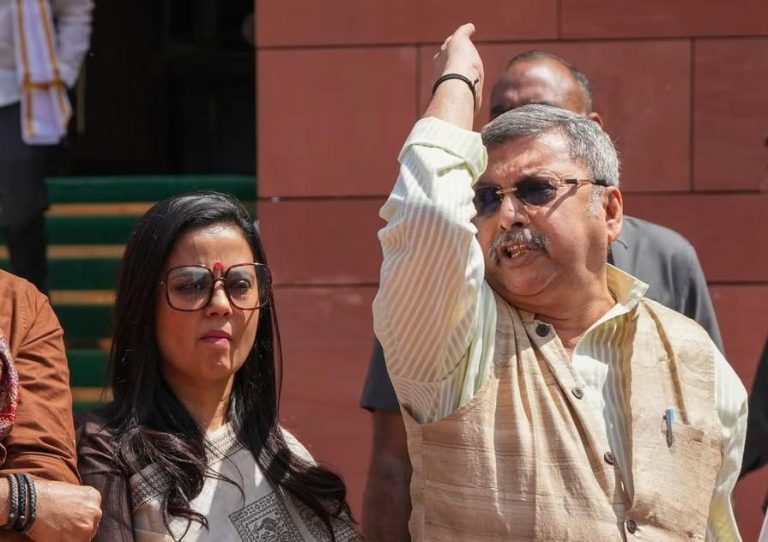
Raymond Realty Signs 5 JDA Projects Worth ₹10,000 Cr in Maha
The Indian real estate industry has been plagued by capital constraints for a long time. In recent years, the industry has been seeking innovative ways to overcome this challenge. One such approach is the Joint Development Agreement (JDA) model, which has gained popularity among developers. In a recent development, Raymond Realty, a prominent real estate player, has announced that it has signed five JDA projects worth ₹10,000 crore in the Mahim, Bandra, and Sion areas of Mumbai.
According to an NDTV Profit report, Raymond Realty CEO Harmohan Sahni highlighted that the JDA model is more “capital-efficient” in the Indian real estate industry, which is often characterized as “capital-starved.” This model allows developers to collaborate with other stakeholders, such as landowners or existing property owners, to co-develop projects. This approach not only reduces the financial burden on the developer but also enables them to tap into the expertise and resources of other partners.
Raymond Realty’s foray into the JDA model is a significant development in the Indian real estate sector. The company has a strong presence in the luxury textiles and real estate segments, and its foray into JDA projects is expected to boost its growth prospects in the coming years.
The five JDA projects signed by Raymond Realty are worth a staggering ₹10,000 crore, making it one of the largest such deals in the Indian real estate sector. The projects are spread across the Mahim, Bandra, and Sion areas of Mumbai, which are known for their high demand for residential and commercial spaces.
One of the notable projects is the redevelopment of a plot in Mahim, which is expected to be launched in 2026. The project is expected to be a high-end residential complex, with luxurious apartments and premium amenities. The project’s sales are expected to start in 2026, and it is expected to generate significant revenue for Raymond Realty.
The JDA model is not a new phenomenon in the Indian real estate sector. Several developers have been adopting this model to overcome the challenges of capital constraints and to tap into the expertise of other stakeholders. However, Raymond Realty’s deal is significant because of its scale and the fact that it is a luxury developer with a strong brand reputation.
The Indian real estate sector has been facing several challenges in recent years, including a slowdown in demand, increased competition, and regulatory hurdles. The JDA model offers a viable solution to these challenges by enabling developers to collaborate with other stakeholders and reduce their financial burden.
In recent years, several Indian developers have adopted the JDA model to overcome their capital constraints. For instance, Embassy Group, a leading real estate developer, has signed several JDA projects with landowners and other stakeholders to develop large-scale residential and commercial projects. Similarly, Brigade Group, another prominent real estate developer, has also adopted the JDA model to develop several projects across India.
In conclusion, Raymond Realty’s signing of five JDA projects worth ₹10,000 crore in the Mahim, Bandra, and Sion areas of Mumbai is a significant development in the Indian real estate sector. The company’s adoption of the JDA model is expected to boost its growth prospects and reduce its financial burden. The JDA model is a viable solution to the challenges faced by the Indian real estate sector, and it is expected to gain popularity in the coming years.





